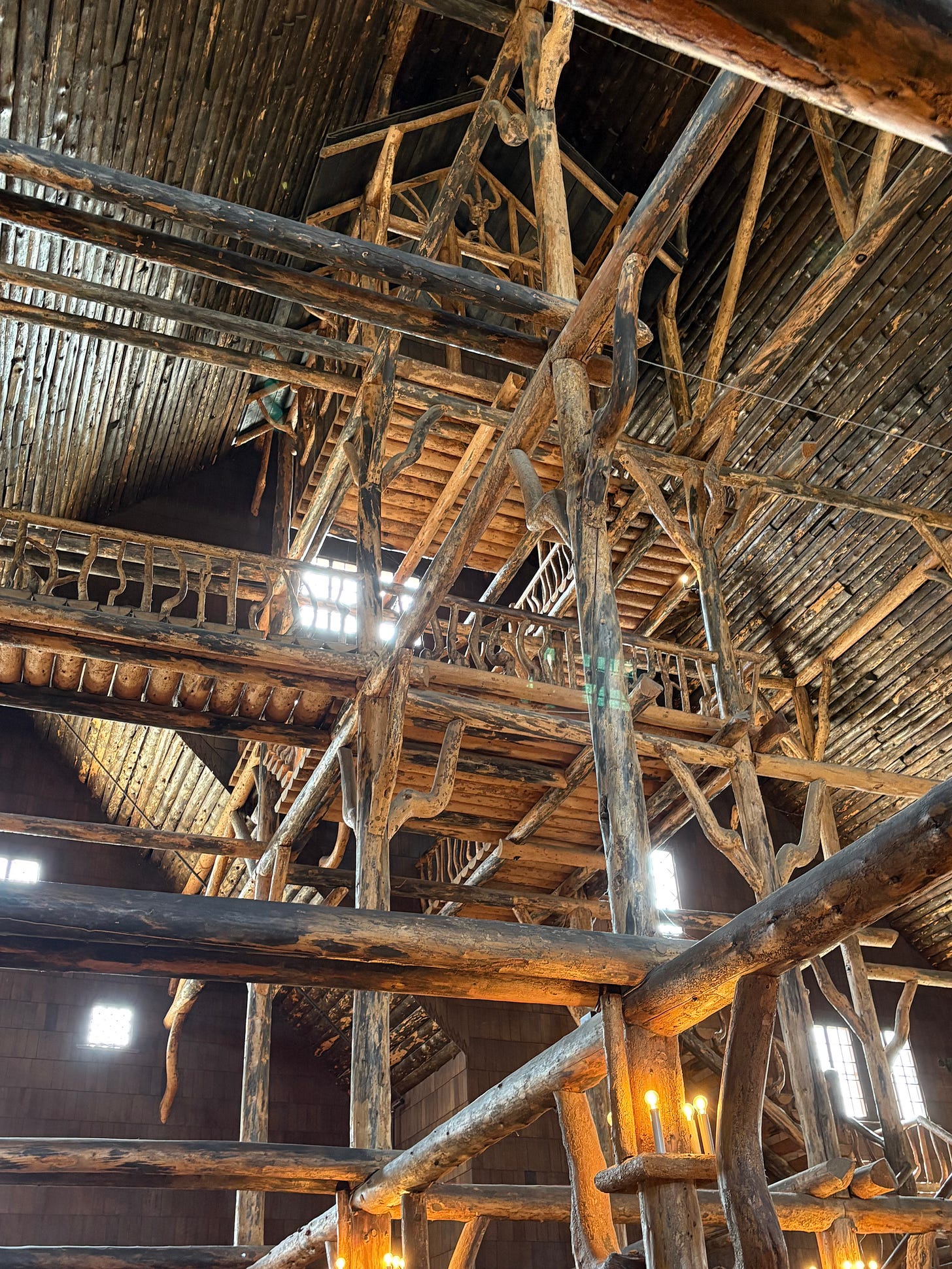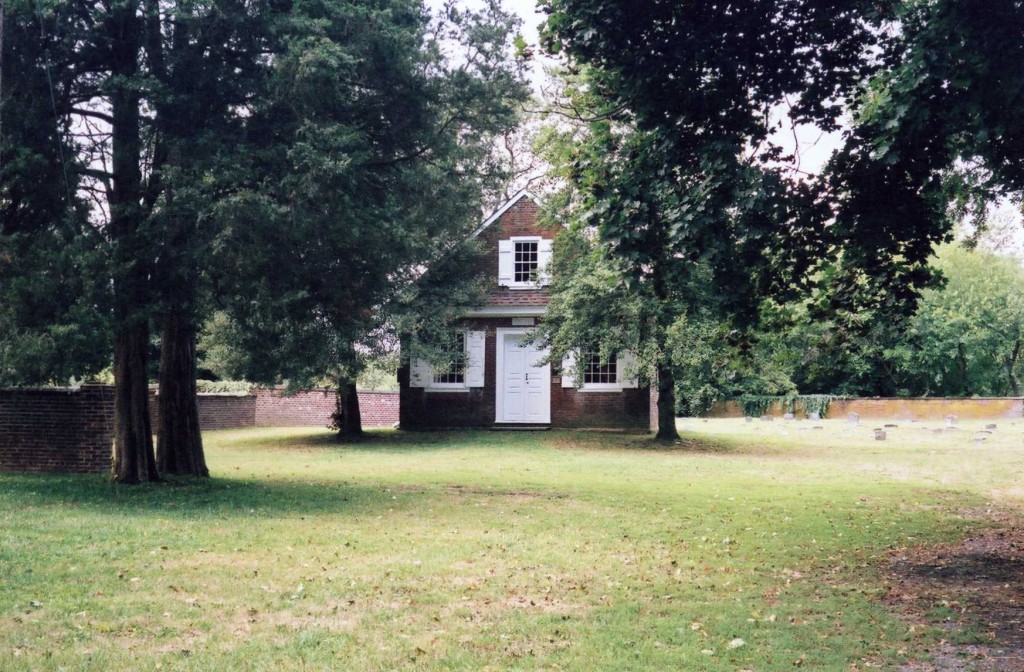I hope you enjoy this excerpt from my upcoming book, Leftover Bridges. I originally posted this story on my blog in 2016.
I have come to my blog this afternoon. I haven’t been here in a while. Maybe you noticed. The place is incredibly dusty. Moriarty, the Phantom of My Blog, does not dust. He sweeps up after parties, hangs new headers, and cooks borscht, but he does not dust.
I walk over to the round table. Even the orange candle in the bottle we keep in the center of the table is dusty. Someone has scrawled “Dusty Destry rides again” in the dust on the table surface, and, “Meet us at Bottleneck.” “Oh, so funny,” I think, dryly. “Moriarty.”
I open the windows and let in the light and air. I go into the kitchen. Fingerprints pepper the dust all over the black stovetop, and a stippling of dots, like someone has sneezed. There are a couple of corks on the stove, but no companion bottles. A pot of leftover chili sits on a burner, still warm, the handle of the big spoon sticking out at the rim of the lid. Moriarty must be here. I go into the back kitchen. Fingerprints are in the dust all over the old black stove here, too, and paw prints on the top front edge. And bird claw prints. Odd. I find a couple of rags in a drawer, dampen them and begin dusting. I climb to the catwalk. While dusting the apparatus, ropes and wires along the open spaces, I hear music – Moriarty’s banjo – and then peals of macabre laughter reverberate through the beams and railings. I stop. No … that’s not Moriarty. He doesn’t laugh that way. Silence ensues. A chill runs up my spine. Goosebumps rise on my forearms. This is my blog. I welcome visitors. But this – who else is creeping around in here…? A stranger listening for me? I’ll never get done dusting if I stop and wonder. I certainly do not want to be in here till midnight. I continue dusting. Once or twice I hear a dog bark – Moriarty’s black, fluffy dog, Dickens?
Now I am hungry and the chili back there on the stove smelled good. I come down to the kitchen, rinse out the rags and take a break. I reheat the chili, sit at the round table and eat what is left. In the gathering gloom I think I hear again the evil laughter. I listen; then, stillness unbroken. I look around. I see no one. I get up, go into the kitchen and wash the dishes, chili pot, and the stoves in both rooms. I stay at my blog until well after dark, dusting. Finally I am done. I close the windows. I am ready to go home.
I think I hear Dickens barking. They must be in the cupola. I am tired and want to sit and relax with a glass of wine and good conversation. In the kitchen I find a wine glass but no wine, just bottle corks, and no cheese and crackers. The cupboard is bare. Unusual. I should visit my blog more often.
I climb the creaking, winding staircase, carrying my empty glass, and, brushing peeling yellowing paint off my sleeve, remember that I must get Moriarty to put a fresh coat of paint on these walls.
At the top, the cupola door is shut. Beyond the door I hear muffled voices. The door sticks a little, but I push it open wide. Dickens rushes to me, all wiggly, nuzzling me. He sniffs my hands, to see if I am bringing food, and my clothes. I probably smell like moldering rags. He sneezes.
Moriarty lolls in one chair and across the space, in the half-light, I see a dark-haired scrawny man sprawled in another. The man’s face is sallow, bony and crumpled, uneven, like whoever planned this face hadn’t laid out the parts on a grid first. He has a small mustache and random curls drop over his high forehead. His eyes are sunken, yet bright and beady, like small black grapes. He is dressed all in black, a black turtle neck sweater, with a scarf wound tight and tied about his neck, and jeans. He wears black loafers but no socks, the mark of a Southern man, or one who has lived for some time in the South.
“Samantha, this is my friend, Poe,” says Moriarty.
“Poe? As in Edgar Allan?” I ask, still standing just inside the door, staring at the pair. Poe fixes his eyes on me. They shine with dark intent – mysterious glinting blades. I reach to the doorframe for support.
“Poe is my first name,” he answers. “Edgar Allan Poe is my ancestor. My mother named me after him. He is my ancestor on my sister’s side.”
“…What? Your sister…?” I ask.
“Yeah. Paula,” he says.
I don’t pursue the conundrum. He seems a bit wacky to me. And he is creepy looking. I hear a whirring. Suddenly, a large bird swoops down, close in front of my face, and perches on Poe’s shoulder. I start. It is a raven, having apparently been perched on the frame over the doorway, right above my head: the explanation for the bird claw prints on the stove.
“Come in. Sit,” says Moriarty, waving his arm toward the remaining empty chair. “I see you found my message.”
“The one in the dust about meeting you at Bottleneck?” I say.
“That one,” says Moriarty. His banjo stands against his chair.
“Where’s the wine?” I ask. “I’ve been dusting all afternoon and I’m ready to near-drown in a glass of Zinfandel armed with cheese and crackers serving as floaties. Where’s the wine?”
The two gaze at me blankly. No, sheepishly. Then I spot over in the corner, and lining one wall, even in the gauzy light of the few candles Moriarty has brought up to the cupola with him, a contingent of Zinfandel bottles. They are empty. All of them.
My eyes widen. “You drank all the wine?!”
“We’re having a frightfully good time,” says Poe.
“We’re telling each other spooky stories,” adds Moriarty, “and then singing them.” He sniggers.
I don’t find these two boys particularly amusing. I’ve been scrubbing prickly cactus on a dusty desert all afternoon, reaching precariously over the edge of the catwalk, filling my lungs with dust and my ears with reverberating peals of macabre laughter seemingly out of the ethers, I am moldering and thirsty, and I want at least one glass of wine, a large one. Filled to the rim.
“There’s no more wine anywhere?” I say.
“It was a faulty case,” says Moriarty.
“Now, wait a minute,” says Poe, indignant. “I didn’t think the case in my detective story I just told you was faulty.”
“No, the case of wine,” says Moriarty. “The bottles all had leaks.”
“We should have brought a cask,” says Poe.
“I’m sure,” I say, flatly. “And, no cheese and crackers?”
“Nothing more,” says Poe.
Dickens walks over and sniffs the empty plate on the floor next to the bottles. There isn’t even a crumb for him to lick up.
The raven burps. Dickens trots over to the bird and begins barking up at it, still perched on Poe’s shoulder, Dickens commanding, as if to say, “You ate ‘em all. Cough ‘em up, buddy.”
But, I suspect it was Moriarty and Poe who ate the greater balance of them.
The candle flames flicker in the bare draft whispering through the open window. The curtain rustles lightly. We sit in silence. Poe stares down at the shapeshifting shadow specters dancing a fantastic fandango across the candlelit floor. The raven blinks. Moriarty watches Dickens settle onto the worn red Oriental rug, against my chair. A distant bell tolls.
Poe sits bolt upright. He peals,
“‘And the people–ah, the people–
They that dwell up in the steeple,
All alone,
And who, tolling, tolling, tolling,
In that muffled monotone,
Feel a glory in so rolling
On the human heart a stone—,’
“I think I’ll write a poem about that,” he muses, “something about bells. It has a nice ring, don’t you think? It just rolls – rolls, rolls, rolls, rolls – rolls lightly off the tongue. A tintinnabulation.”
“You’re making me hungry,” says Moriarty. “Rolls and butter.”
“It’s already been written. By your ancestor on your sister Paula’s side,” I point out. “It’s called ‘The Bells.’”
“Ah, iron bells.” The rusty tone of his voice rises from a deep well within him. There is a peculiar, dark nervousness about this man. He twitches and fidgets and then suddenly he is calm, strangely calm, glassy. Then, I notice his eyes are not black, but light, yet acute, and sad, yes, sad. And, every time he twitches and fidgets, Dickens watches, amused, as the raven puffs its wings, roughs its feathers and shifts its position.
“Has Dickens been fed?” I ask.
“Well, smooth, sweet nepenthe. Of that I must have more,” says Poe. “I must get my hat and depart thee. I must get to the store. Then, I am headed to my chamber. I feel an urge, a pressing urge to write ever more.”
He rises, turns and then stops. He stoops and reaches into one of the bottles, the raven hopping, turning, adjusting its wings and claws on Poe’s shoulder for balance. “Look at this. It’s a message.” He sticks a finger into the bottle neck and coaxes out the paper. “A message in a bottle. Cool.”
He unrolls it. “Uh-oh,” he says upon examining it. “I wrote this.” He hands it to Moriarty. I read it over his shoulder. It is faded and hard to read in the feeble candlelight, but I can make out the title, in large print: “MS. Found in a Bottle.”
“You just gave yourself away,” I say. “You’re the real Edgar Allan Poe, not some descendant on your sister Paula’s side.
“I won a literary award for this,” says Poe, “my only one. In 1833. I entered it in a fiction contest sponsored by the Baltimore Saturday Visiter [sic] newspaper. Fifty dollars, I got for my short story.” He reaches and pulls his black cape off the back of his chair, sweeps it around his shoulders, turns and heads down the winding staircase, the raven teetering as they descend as one. He waves a hand over his shoulder, “Ciao,” he says, and he and his raven vanish into the murkiness of the hour.
I turn to Moriarty. “You, my dear Phantom, have an intriguing menagerie of friends.”
Moriarty smiles.
The scent of fresh, wet earth rises as a soft rain begins to fall. Moriarty pulls the window closed and extinguishes the candles save one. He carries it to light our way as we descend the winding stairs, Dickens leading. Our shadows in the lost light glide alongside us like leviathan grotesques navigating inside a diaphanous wall.
“Remember, I asked you to paint these walls,” I say. “Would you do it soon? Please?”
“They have to be scraped first,” he says, “sanded down, to reveal the bones beneath.”
–Samantha Mozart
October 20, 2016







 There are no windows along the pent eaves on the sides of the building. Local Quakers, some at the expense of getting caught and losing their own property, hid runaway slaves in a small alcove under the eaves, pictured here. Prominent among them was conductor Thomas Garrett, born in 1789 on his family’s farm, Thornfield, west of Philadelphia. The Garrett family held abolitionist beliefs. When Thomas was a boy, a family paid servant was abducted by men intent on selling her as a slave in the South. The men were tracked down and she was returned. Thomas never forgot the incident, though, and it served to intensify his abolitionist beliefs. Coincidentally, I grew up in Drexel Hill, Pa., on land that was once Thornfield. The Garrett home still stands and is open for tours.
There are no windows along the pent eaves on the sides of the building. Local Quakers, some at the expense of getting caught and losing their own property, hid runaway slaves in a small alcove under the eaves, pictured here. Prominent among them was conductor Thomas Garrett, born in 1789 on his family’s farm, Thornfield, west of Philadelphia. The Garrett family held abolitionist beliefs. When Thomas was a boy, a family paid servant was abducted by men intent on selling her as a slave in the South. The men were tracked down and she was returned. Thomas never forgot the incident, though, and it served to intensify his abolitionist beliefs. Coincidentally, I grew up in Drexel Hill, Pa., on land that was once Thornfield. The Garrett home still stands and is open for tours.






